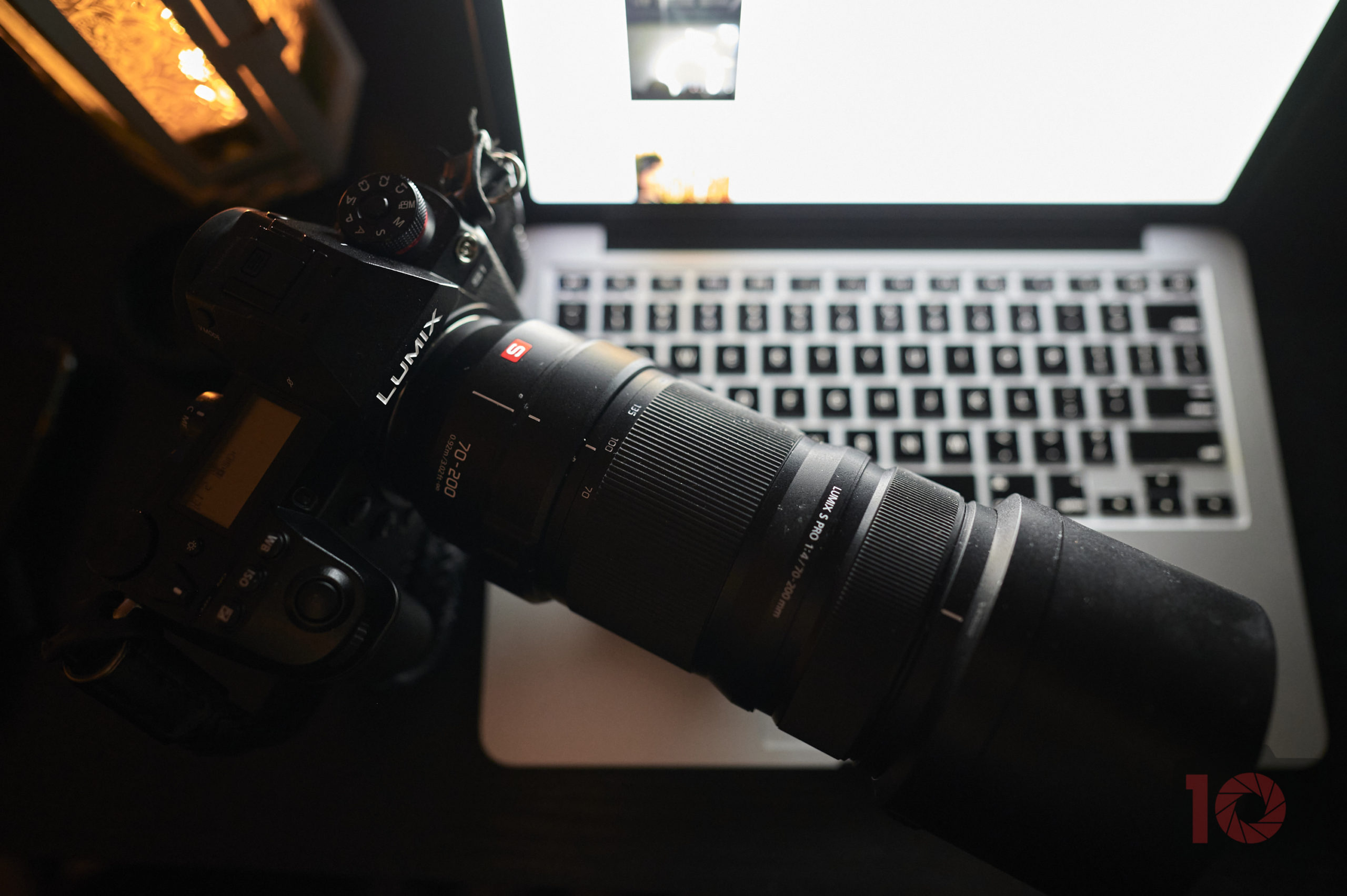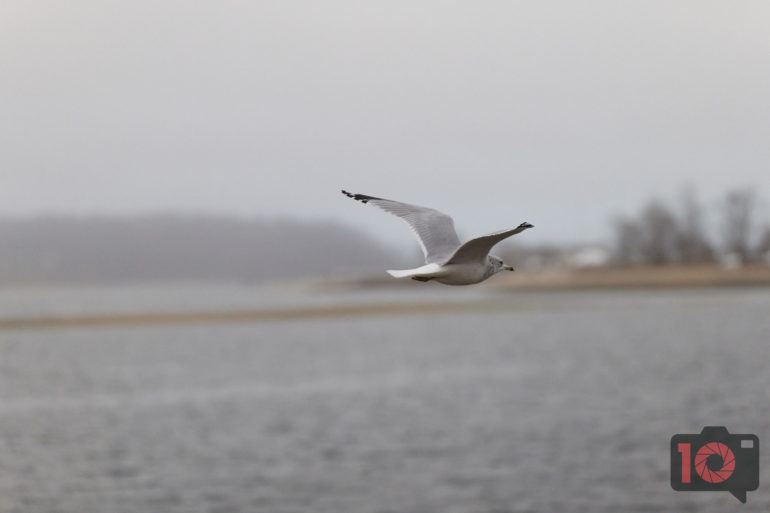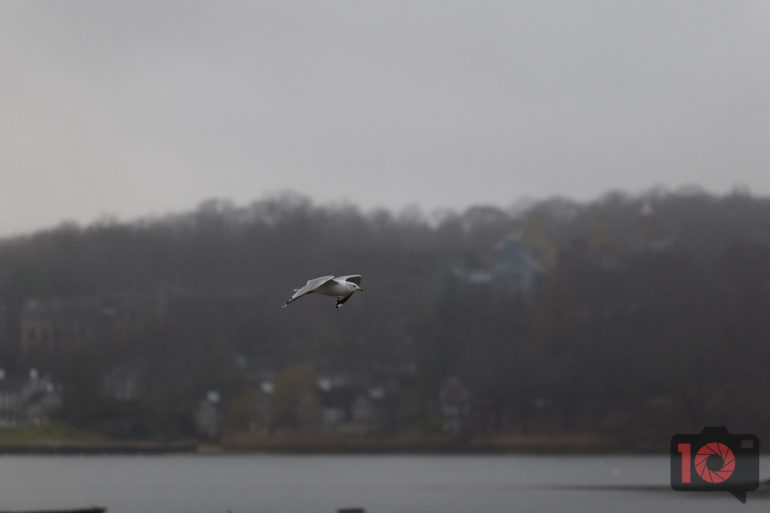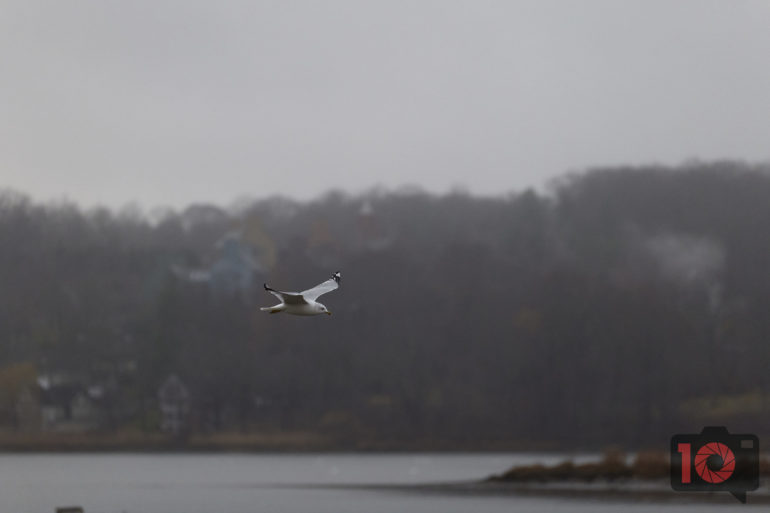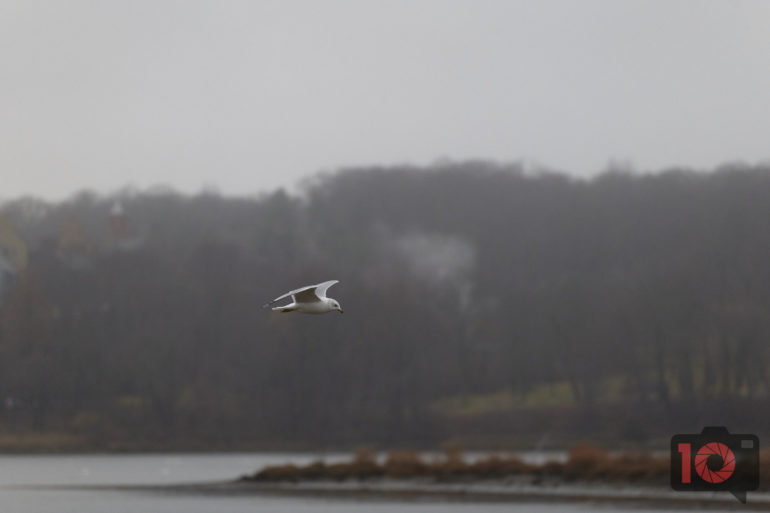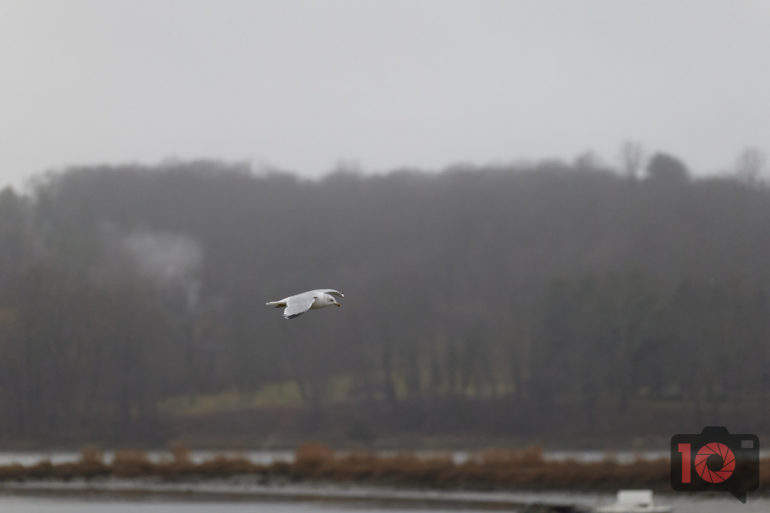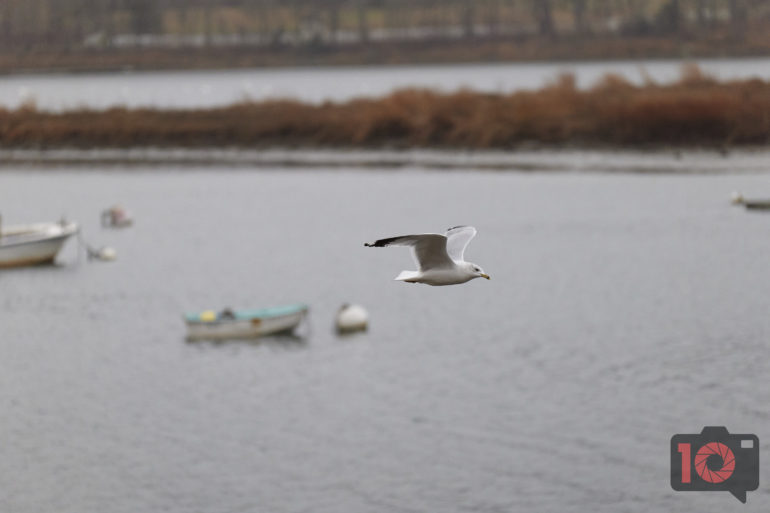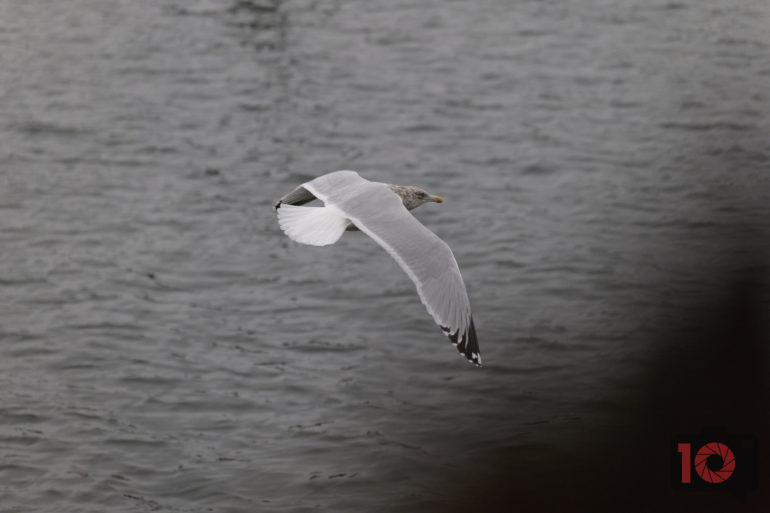Last Updated on 02/05/2020 by Brett Day
The Panasonic 70-200mm f4 OIS Lumix S Pro isn’t a bad option for the photojournalist.
Many of you are of the philosophy that you hate zoom lenses, but the Panasonic 70-200mm f4 OIS Lumix S Pro is genuinely one of the most capable we’ve tested for the system. Thus far, I’ve found it to be the fastest focusing lens for L mount. That’s great news for photojournalistic photographers in addition to those who shoot weddings and events. You’re going to get great photos from it, but be sure to make a lot of space in your camera bag. Combined with the size of the Panasonic S1, you’ll see that it’s really large.
Pros and Cons
Pros
- Fairly compact for an L mount lens
- Weather sealed
- Very good image quality
- Pretty close focusing
- Beautiful bokeh
- Very usable for photojournalism; perhaps the most reliable optic I’ve used for it thus far
- Not terribly priced at $1,697.99
Cons
- Still big for Mirrorless
Gear Used
We tested the Panasonic 70-200mm f4 OIS Lumix S Pro with the S1.
Tech Specs
Specs taken from the Adorama listing
- 70-200mm telephoto zoom F4 L-mount lens, LEICA certified for LUMIX S Series Full-Frame cameras
- O.I.S. STABILIZATION
- 23 lenses in 17 groups; an aspherical lenses and 3ED (Extra-low Dispersion) Lenses
- Maximum speed of 480 fps for fast, high-precision autofocus
- RUGGED LENS DESIGN – Dust/splash*/freeze-resistant design withstands use under harsh conditions
- Lens Mount: Lens Mount: Leica L
- Lens Format: Lens Format: Full-Frame
- Fixed Mirrorless FL: Focal Length: All Zooms
- Mirrorless: Zoom: Focal Length: 70-200mm
- Maximum Aperture: Maximum Aperture: f/4
- Lens Type: Telephoto Zoom Lens
- Image Stabilization: Image Stabilization: Yes (OIS)
- Special Features: Aspherical, Dustproof/Splashproof
- Filter Size: Focal Length: 77mm
Ergonomics
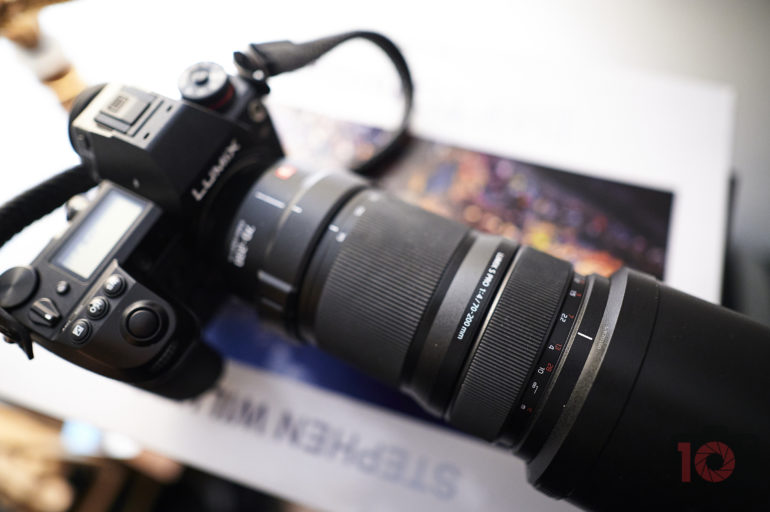
The Panasonic 70-200mm f4 OIS Lumix S Pro is your standard telephoto zoom lens when it comes to ergonomics. Dominating most of the space is the zoom ring. In front of that is the focusing ring. Here you can see the focusing ring pulled back to reveal the distance markers.
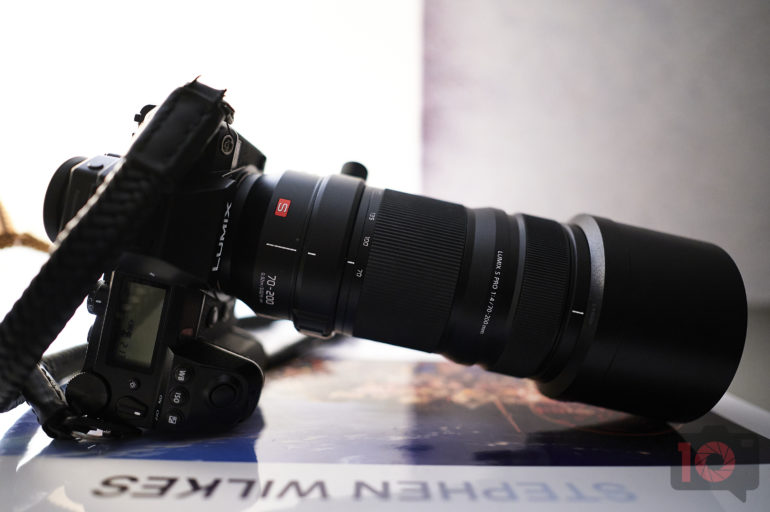
The Panasonic 70-200mm f4 OIS Lumix S Pro also has a tripod collar with a foot for balancing. In all honesty, I found it better to just remove it.
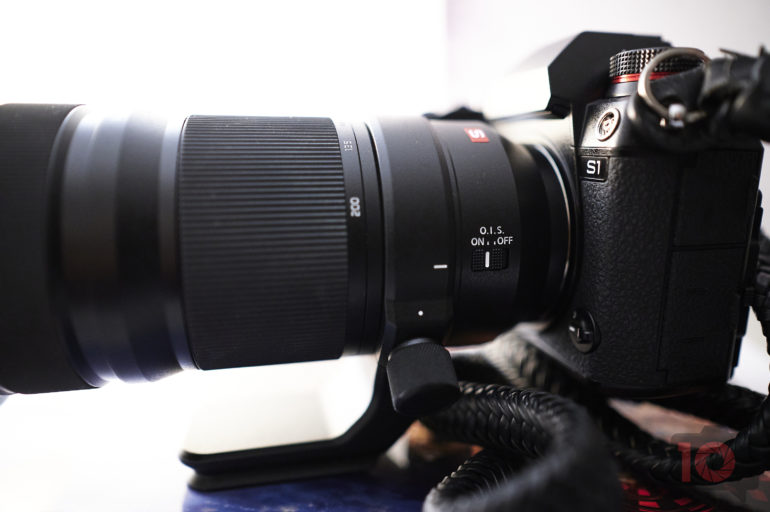
On the side of the Panasonic 70-200mm f4 OIS Lumix S Pro is an OIS switch. This gives you image stabilization. There’s no real need to turn this off, unless the lens is on a tripod.
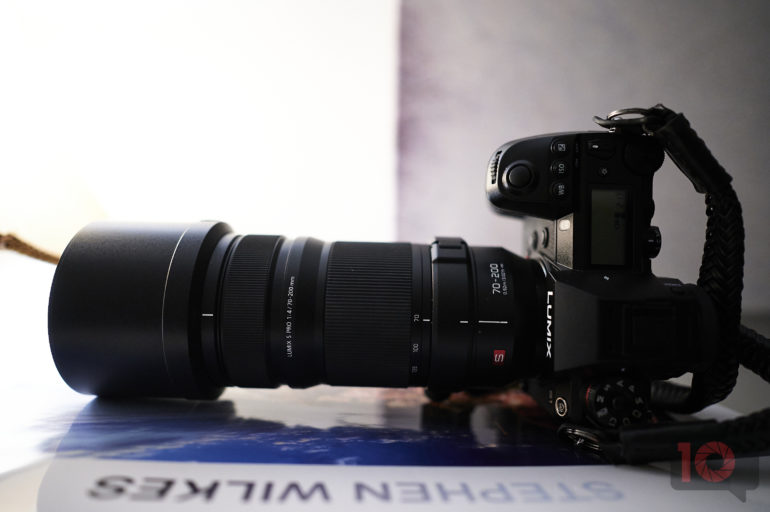
In reality, the Panasonic 70-200mm f4 OIS Lumix S Pro is slightly smaller than this, but only because of the lens hood. Panasonic could benefit from a collapsible lens hood like Olympus makes.
Build Quality
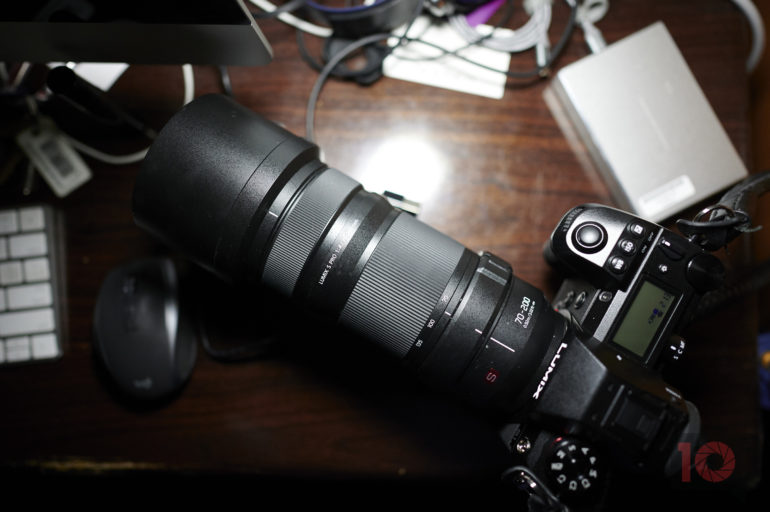
We took the Panasonic 70-200mm f4 OIS Lumix S Pro to the beach and shoreline a few times. It was splashed with seawater once and continued to work. While this may frighten a lot of you, I wasn’t surprised. The Panasonic 70-200mm f4 OIS Lumix S Pro is tough as nails. More importantly, the camera it’s attached to is also very durable. Both have weather sealing gaskets throughout their bodies and the Panasonic 70-200mm f4 OIS Lumix S Pro is as reliable as any other professional-grade lens out there.
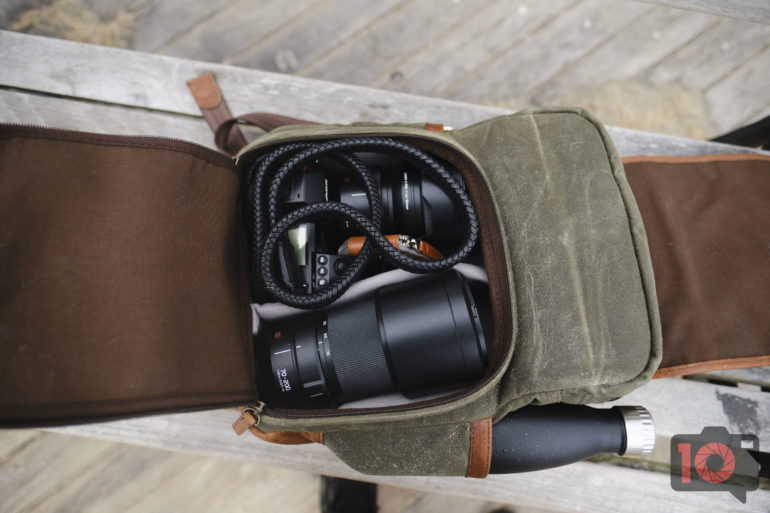
Where I’ll say the Panasonic 70-200mm f4 OIS Lumix S Pro loses points is in its size. It’s small for an L mount lens, but it’s still quite large overall. Here it is pictured next to the S1 and a 50mm f1.4 attached. It’s as big as that combination.
Autofocus

The Panasonic 70-200mm f4 OIS Lumix S Pro leads the way when it comes to autofocus. We tested it mostly after the December 2019 firmware update. By far, this is the fastest focusing lens we’ve used for the L mount system, and it helped us with photojournalistic storytelling. However, to really take advantage of it, we suggest setting the autofocus to continuous and the camera to burst shooting. You’re guaranteed to get a few keeper shots that way.

When it came to photographing birds in flight ,like what you see below, the camera’s animal and person autofocus detection didn’t do too bad. Coupled with this lens, the performance is almost what we’d expect from a modern camera. But, it’s not outpacing Sony or Canon.
Ease of Use
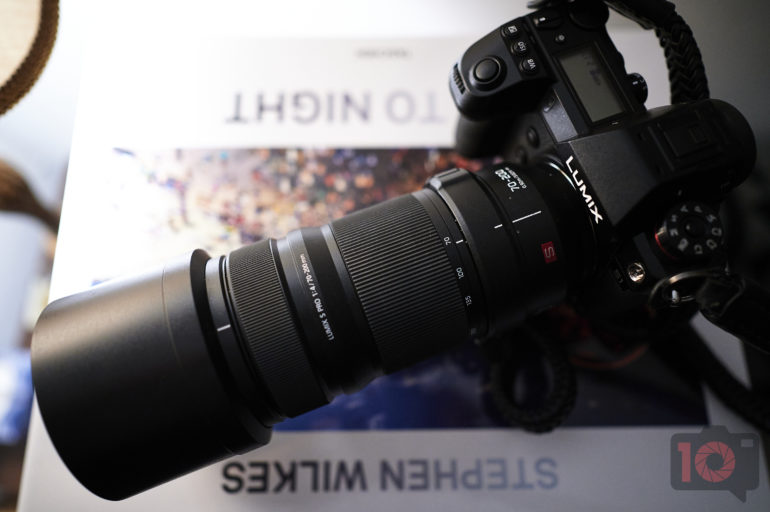
The Panasonic 70-200mm f4 OIS Lumix S Pro can be a mixed bag when it comes to being complicated. The focusing clutch on the front can easily put you into manual focus. Then, there is image stabilization built into the lens that’s activated via a switch on the side. Before you shoot, you’ll want to check these two to ensure that your camera is going to act how you’d like it to. But otherwise, it’s a simple lens overall.
Image Quality
The Panasonic 70-200mm f4 OIS Lumix S Pro exhibits image quality that I really like. I prefer the 50mm f1.4 more, but I’m not sure who wouldn’t. For the type of work that the Panasonic 70-200mm f4 OIS Lumix S Pro is designed for, I’m very impressed. Not only is it sharp, but the bokeh is very creamy. Additionally, the colors are very true to life.
Bokeh

The best bokeh from this lens comes at the telephoto end of it. If you’re all about the documentary process, the Panasonic 70-200mm f4 OIS Lumix S Pro will single out a subject and blow the rest of the background out into a blurry haze It’s quite gorgeous in real-life applications.
Chromatic Aberration

In our tests, we didn’t find any chromatic aberrations. We’re moving on past this.
Color Rendition

The Panasonic 70-200mm f4 OIS Lumix S Pro isn’t vivid per se. Instead, I found it to be very true to life when it comes to the image quality. Panasonic’s 50mm f1.4 is more vivid for sure. But either way, the Panasonic 70-200mm f4 OIS Lumix S Pro helps the Panasonic S1 render far better colors than anything I’ve seen with their Micro Four Thirds cameras.
Sharpness
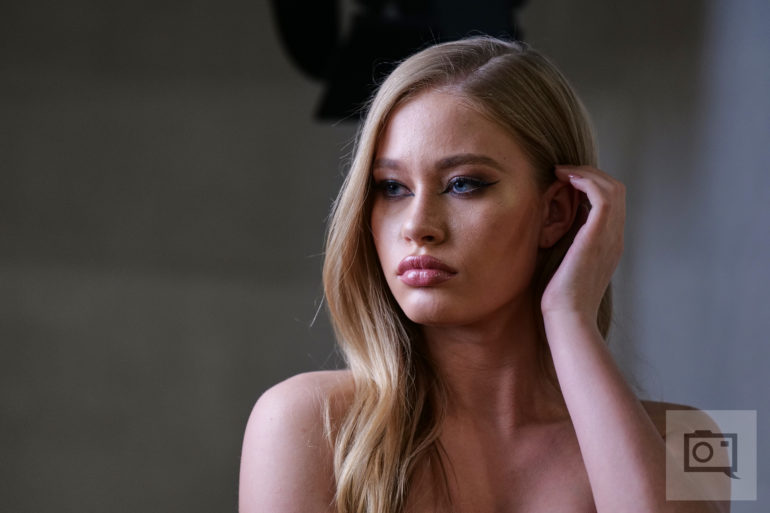
This lens is very sharp. As an affordable portrait focal length, I think any photographer that springs for it will be happy with the image quality.
Extra Image Samples



















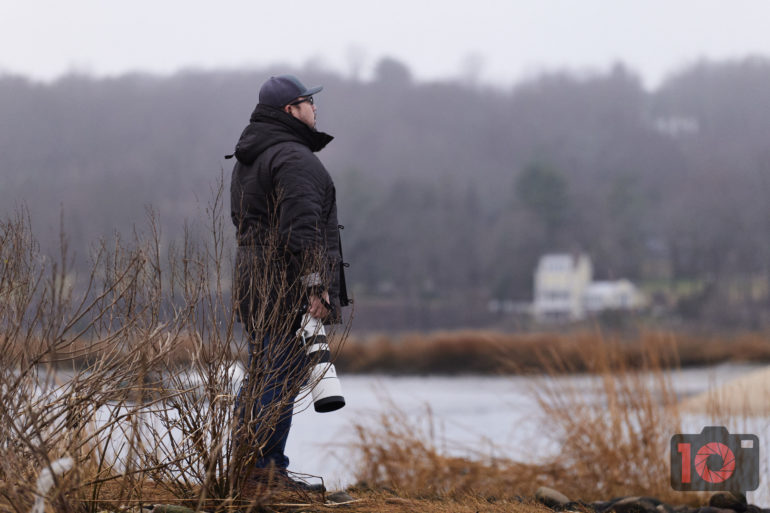
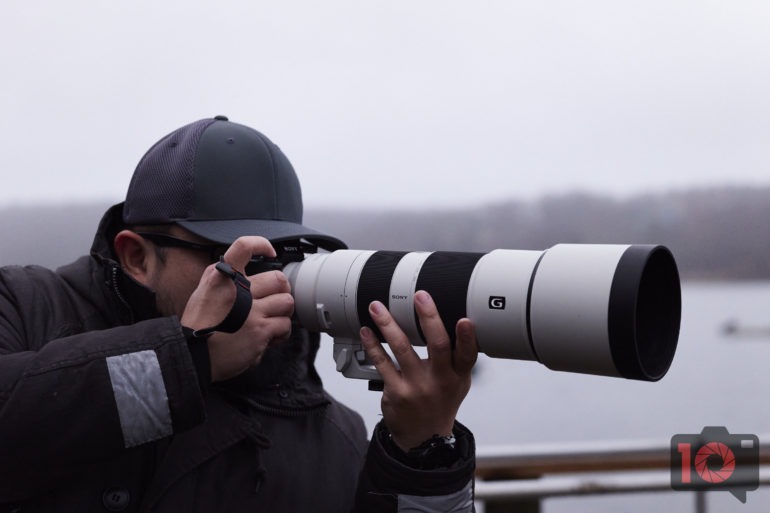
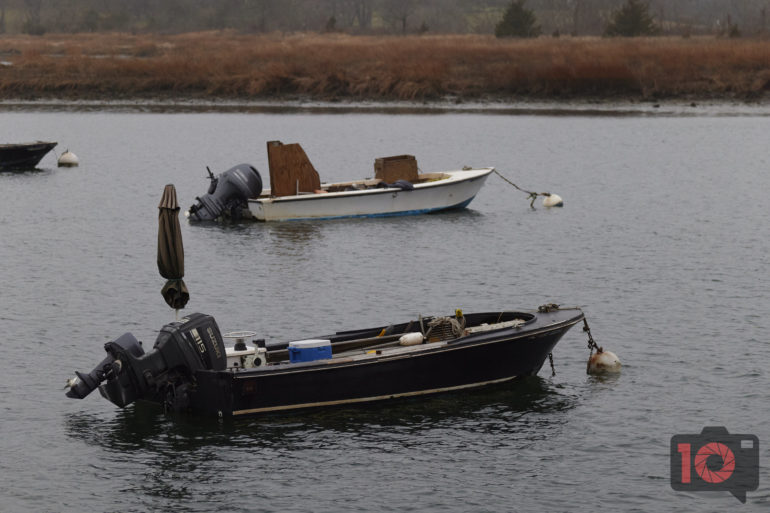
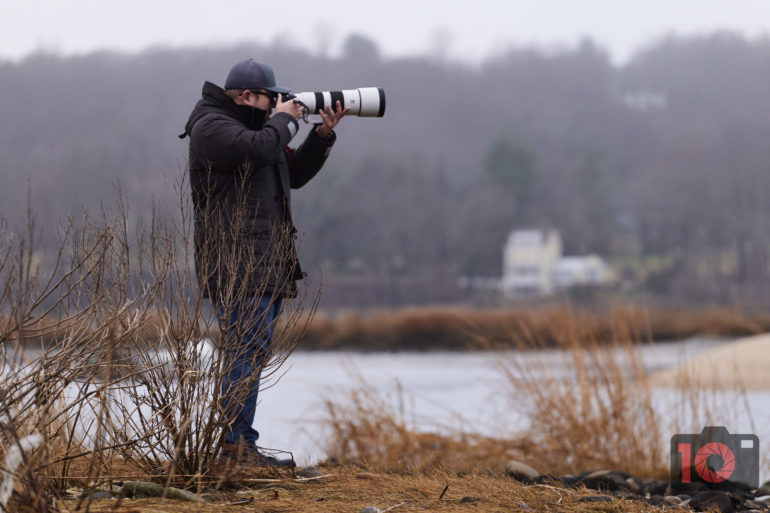
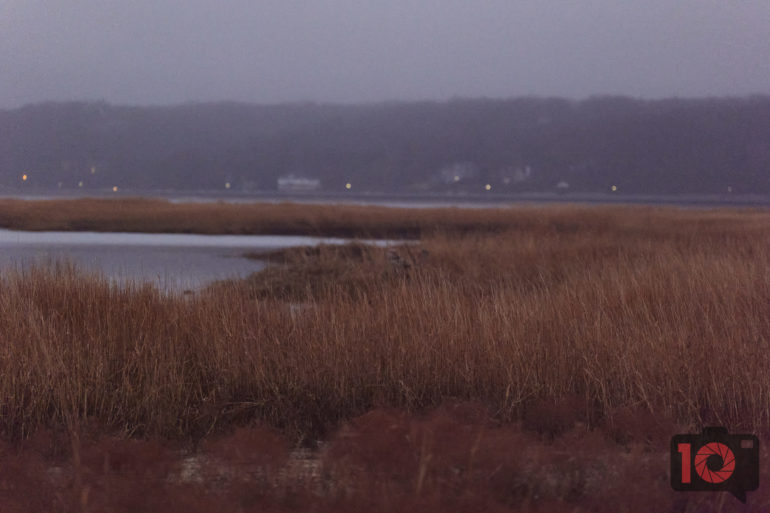


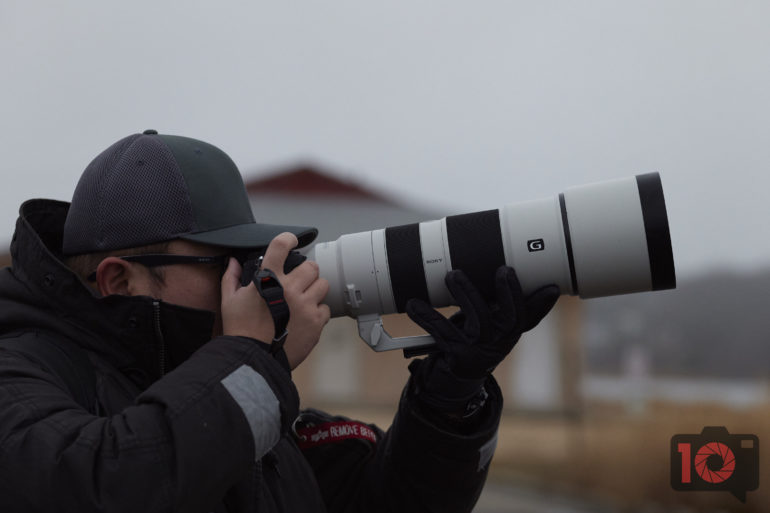
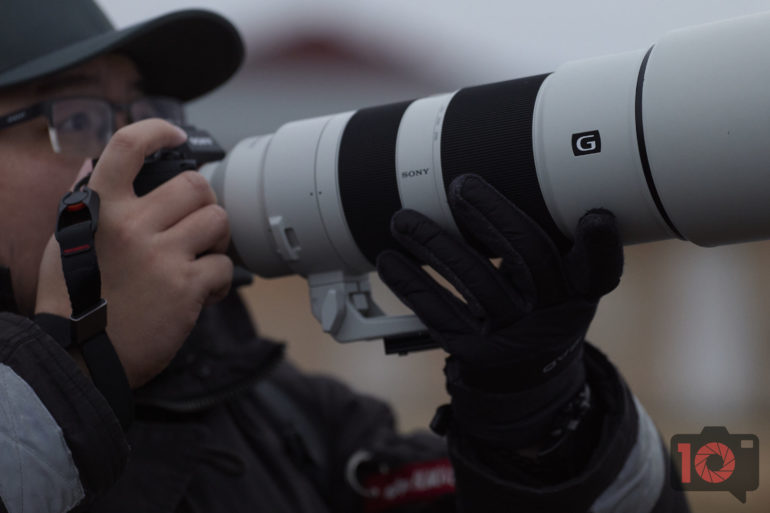
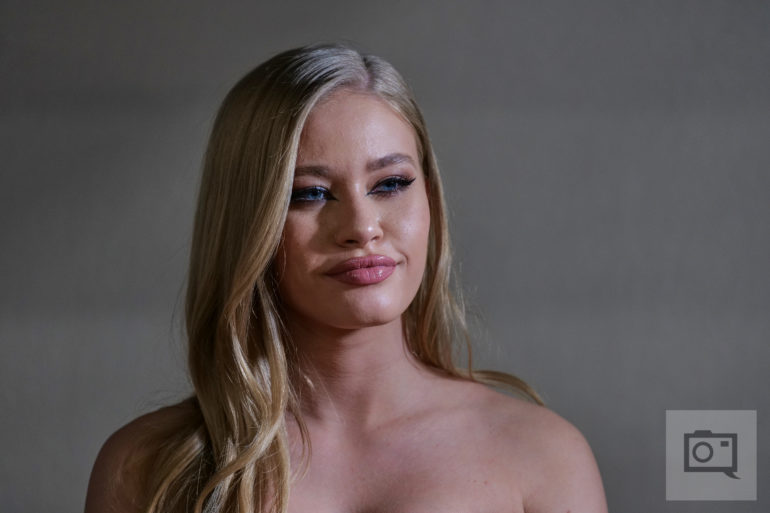
Pauleth Ip / Privé Imagerie 
Pauleth Ip / Privé Imagerie 
Pauleth Ip / Privé Imagerie 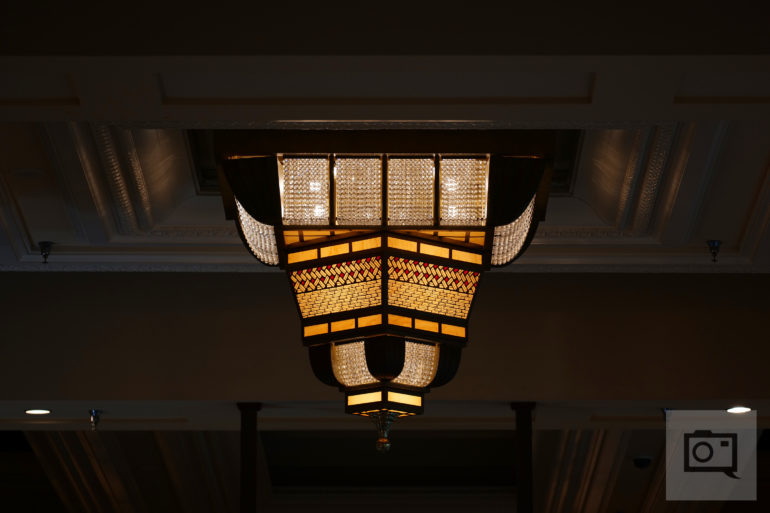
Pauleth Ip / Privé Imagerie 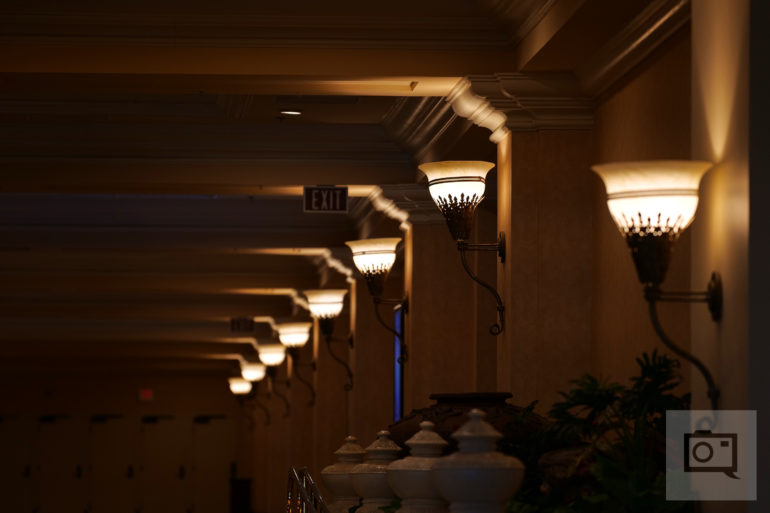
Pauleth Ip / Privé Imagerie 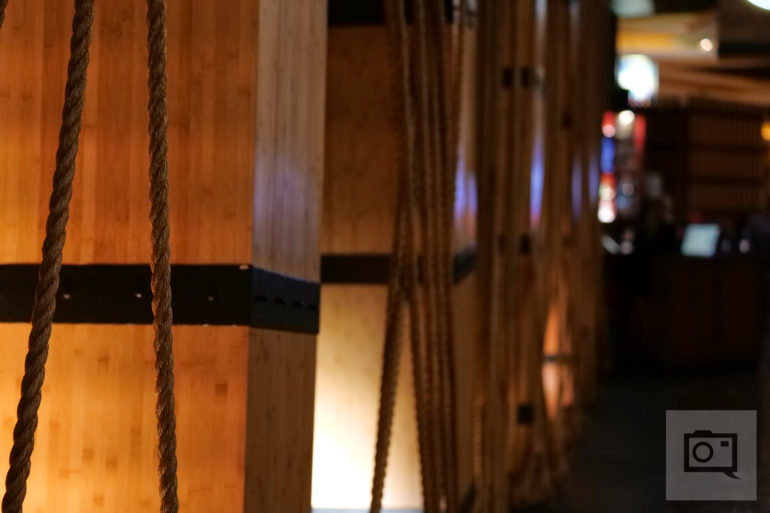
Pauleth Ip / Privé Imagerie 
Pauleth Ip / Privé Imagerie 
Pauleth Ip / Privé Imagerie 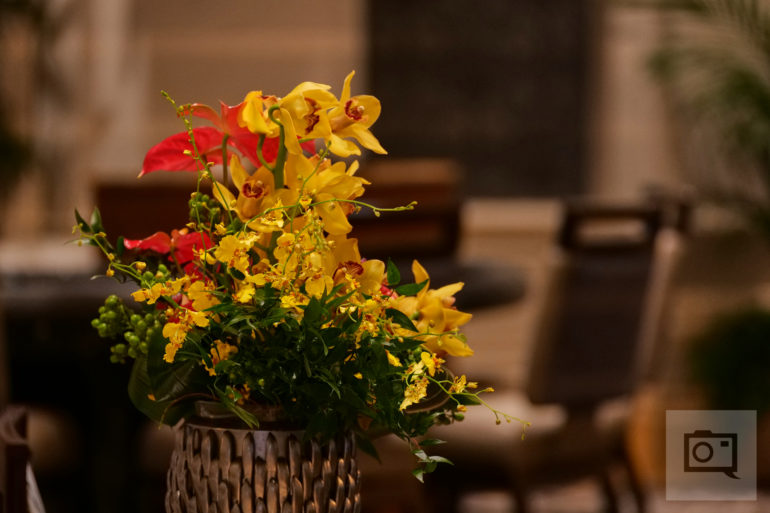
Pauleth Ip / Privé Imagerie 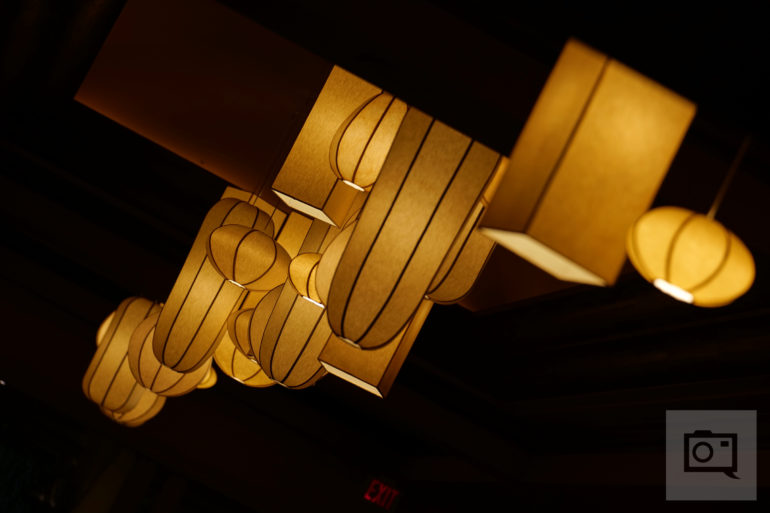
Pauleth Ip / Privé Imagerie 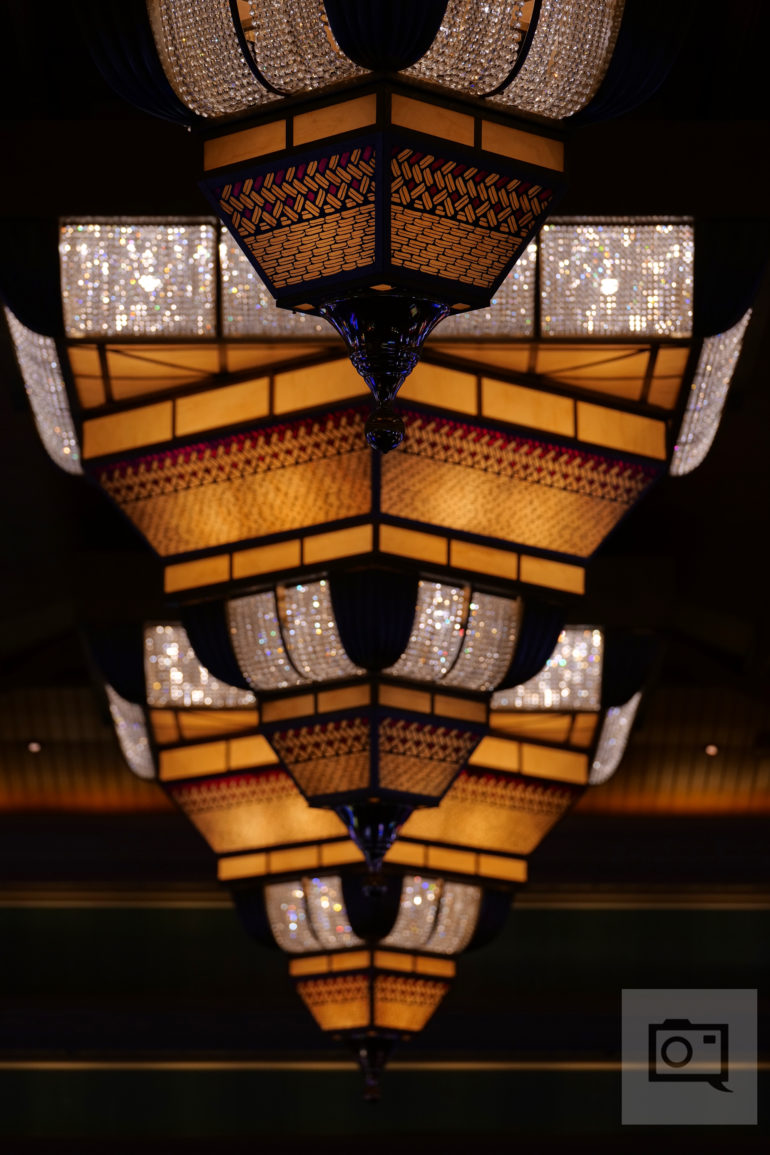
Pauleth Ip / Privé Imagerie 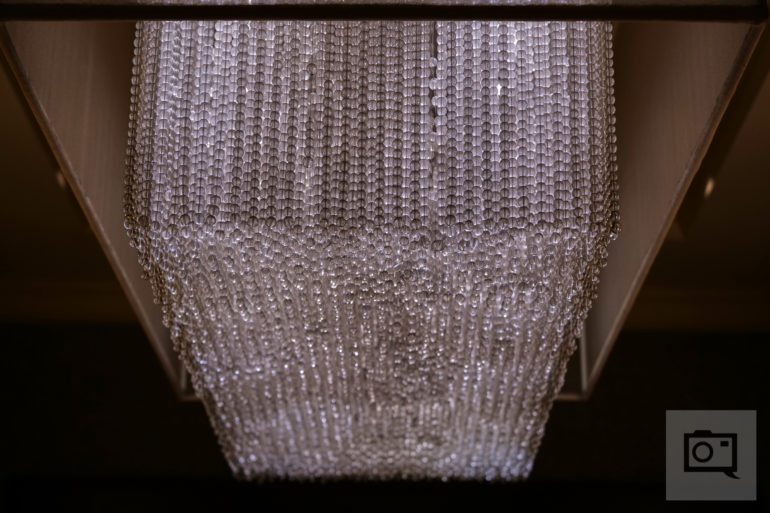
Pauleth Ip / Privé Imagerie
Conclusions
Likes
- Performance
- Image Quality
- Build Quality
- Price
Dislikes
- The camera system this lens was made for needs better autofocus
- Size
I’m torn on the Panasonic 70-200mm f4 OIS Lumix S Pro. It’s such a fantastic lens, and tough to beat at its price point. It exhibits great image quality, good build quality, and overall is the best performing lens we’ve tested for L mount. But, its size is a flaw. It’s big. More importantly though, the cameras it’s designed to work for need an autofocus update to make them more usable. So while the lens in and of itself is good, what’s behind it also counts for a whole lot.

We’re giving the Panasonic 70-200mm f4 OIS Lumix S Pro four out of five stars. Want one? They’re not terribly priced at $1,697.99


